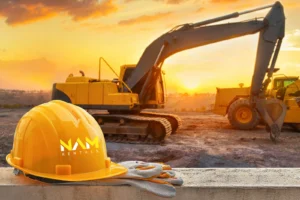
- Book Now:
- +1 647-525-7368+1 647-525-7368

| Feature | Scissor Lift | Boom Lift | Scaffolding / Rolling Tower |
| Reach Height | Up to ~50 ft | Up to 130–200+ ft | Flexible-depends on build |
| Horizontal Reach | None | Yes (articulating or telescopic) | Existing rated deck |
| Platform Capacity | High (500–3,500+ lbs) | Moderate (400–1,200 lbs) | High (crew + materials) |
| Mobility | Self-propelled; needs smooth floors | Needs space; limited mobility when raised | Movable with effort; slower repositioning |
| Setup Time | Quick setup | Quick but requires space setup | Time-intensive to assemble/disassemble |
| Terrain | Level ground or firm slab | Rough terrain units available | Ground-level assembly only |
| Best Use Case | Maintenance, indoor vertical jobs | High access, obstacle navigation | Horizontal/wide workspace, long tasks |
| Cost | Mid-range rental cost | Higher rental and operating cost | Low equipment cost; high labor cost |
| Operator Training | Certification required (CSA) | Certification + specific boom training | Scaffolding assembly certification |
Sign up to receive exclusive offers & updates.